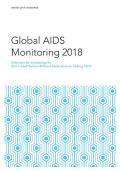What's New
Displaying results 1681 - 1690 of 4907

Resource | Publications,
The Association of Southeast Asian Nations, or ASEAN, was established on 8 August 1967 in Bangkok, Thailand, with the signing of the ASEAN Declaration (Bangkok Declaration) by the Founding Fathers of ASEAN, namely Indonesia, Malaysia, Philippines, Singapore and Thailand. Brunei Darussalam then joined on 7 January 1984, Viet Nam on 28 July 1995, Lao PDR and Myanmar on 23 July 1997, and Cambodia on 30 April 1999, making up what is today the ten Member States of ASEAN.
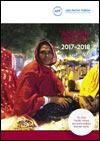
Resource | Publications,
In June 2018, the UN High Commissioner for Human Rights issued a powerful rebuke against this growing “contempt for human rights”, arguing that it threatens the very structures that have been designed to ensure our common safety and prosperity.
The UDHR – drafted in the wake of two devastating world wars, overwhelming genocide and a crippling economic depression – sought to affirm our common humanity and set a pathway to peace and development for all people, founded on the principles of equality and non-discrimination.

Resource | Publications,
The aim of the operational plan is to operationalize the Strategic Plan (SP) 2016-2020 by outlining the goals, specific objectives indicators and targets under the eight priority (outcome) areas of the SP 2016-2020.
The Ministry of Health & Medical Services (MHMS) SP 2016-2020 outlines the vision and mission and a set of agreed values to guide MHMS operations. MHMS is working towards achieving this vision by empowering people to take ownership of their health and providing quality preventative, curative and rehabilitative services through a caring and sustainable healthcare system.
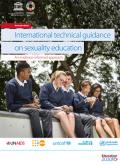
Resource | Guidelines,
The International Technical Guidance on Sexuality Education was developed to assist education, health and other relevant authorities in the development and implementation of school-based and out-of-school comprehensive sexuality education programmes and materials.
Non-governmental organizations (NGOs), youth workers and young people can also use the document as an advocacy or accountability tool, for example by sharing it with decision-makers as a guide to best practices and/or for its integration within broader agendas, such as the Sustainable Development Goals.
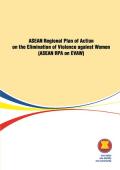
Resource | Guidelines,
The ASEAN Committee on Women (ACW) is an ASEAN sectoral body established in 1976. Its mandate is to implement, coordinate and monitor the implementation of ASEAN’s key regional priorities and cooperation on women’s issues.
Violence against women (VAW) is a violation of human rights which is a form of discrimination against women. It is a manifestation of historically and structurally unequal power relations and inequalities between women and men, which prevail in all countries and which impacts all aspects of the victim’s private and public life. VAW violates human rights and fundamental freedoms of women limits their access to control over and ownership of resources, and impedes the full development of their potential.

Resource | Guidelines,
ASEAN Member States (AMS) have a policy of zero tolerance for any form of violence against children (VAC). The ultimate goal of this plan is therefore the elimination of all forms of VAC in the AMS.
The elimination of VAC is a challenge in all countries and in every society, race, class and culture. It is a violation of human rights, upheld in the Convention on the Rights of the Child which prescribes that every child has the right to survive, grow and be protected from all forms of violence. All children have the right to be respected for their human dignity, physical and psychological integrity and to equal protection.

Resource | Publications,
The aim of the report is to document participation efforts and outcomes across countries, and highlight differences and constraints identified to date. In this first GLASS report data vary considerably in terms of completeness, so no attempt was made to compare AMR status at a regional or global level. However, as GLASS and country participation evolves, the data reported will help understand surveillance capacities and mechanisms of reporting across countries in all regions, and will inform further GLASS development.
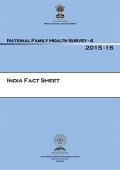
Resource | Fact Sheets,
The National Family Health Survey 2015-2016 (NFHS-4), the fourth in the NFHS series, provides information on population, health and nutrition for India and each State / Union territory. NFHS-4, for the first time, provides district-level estimates for many important indicators.







